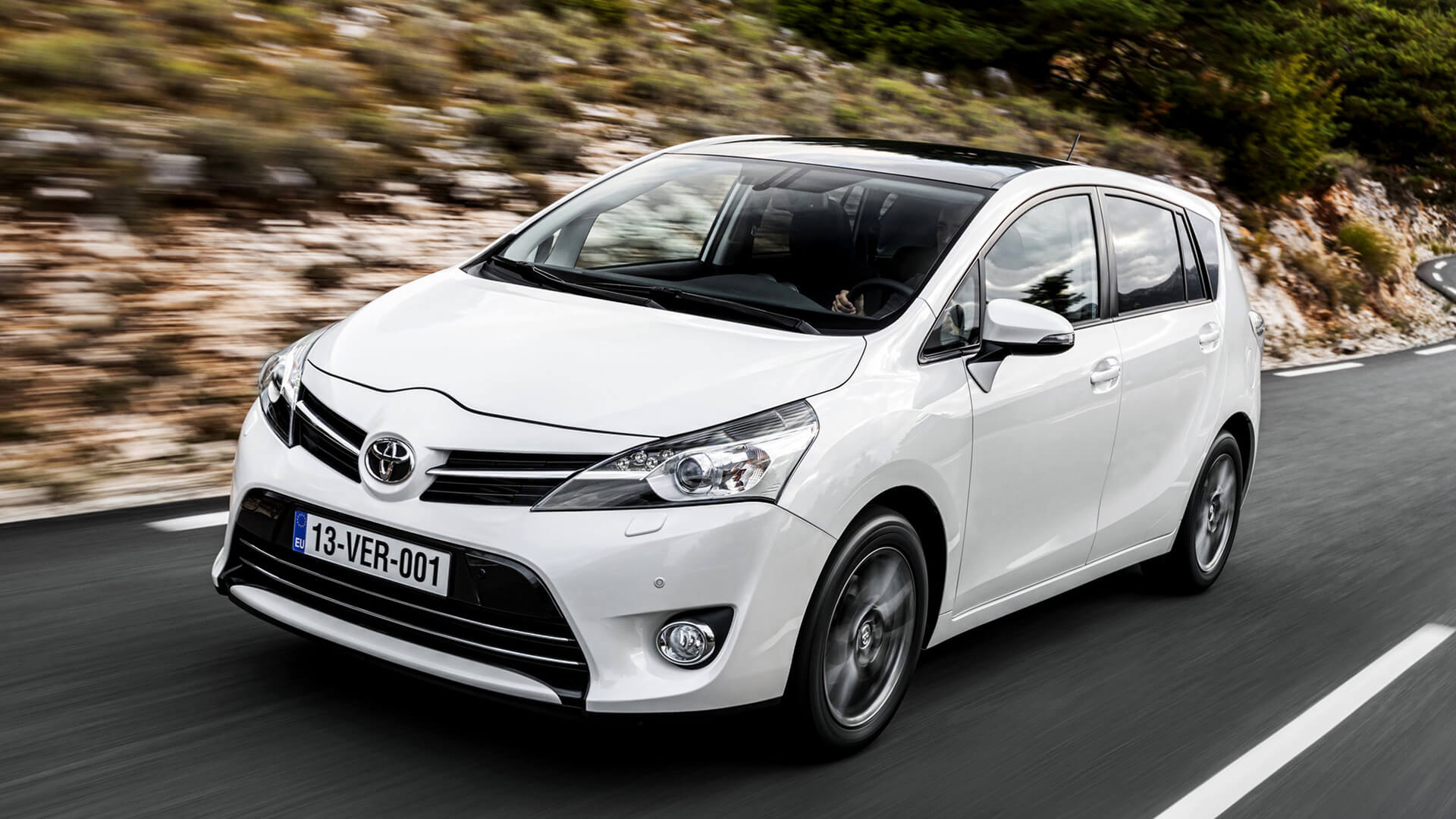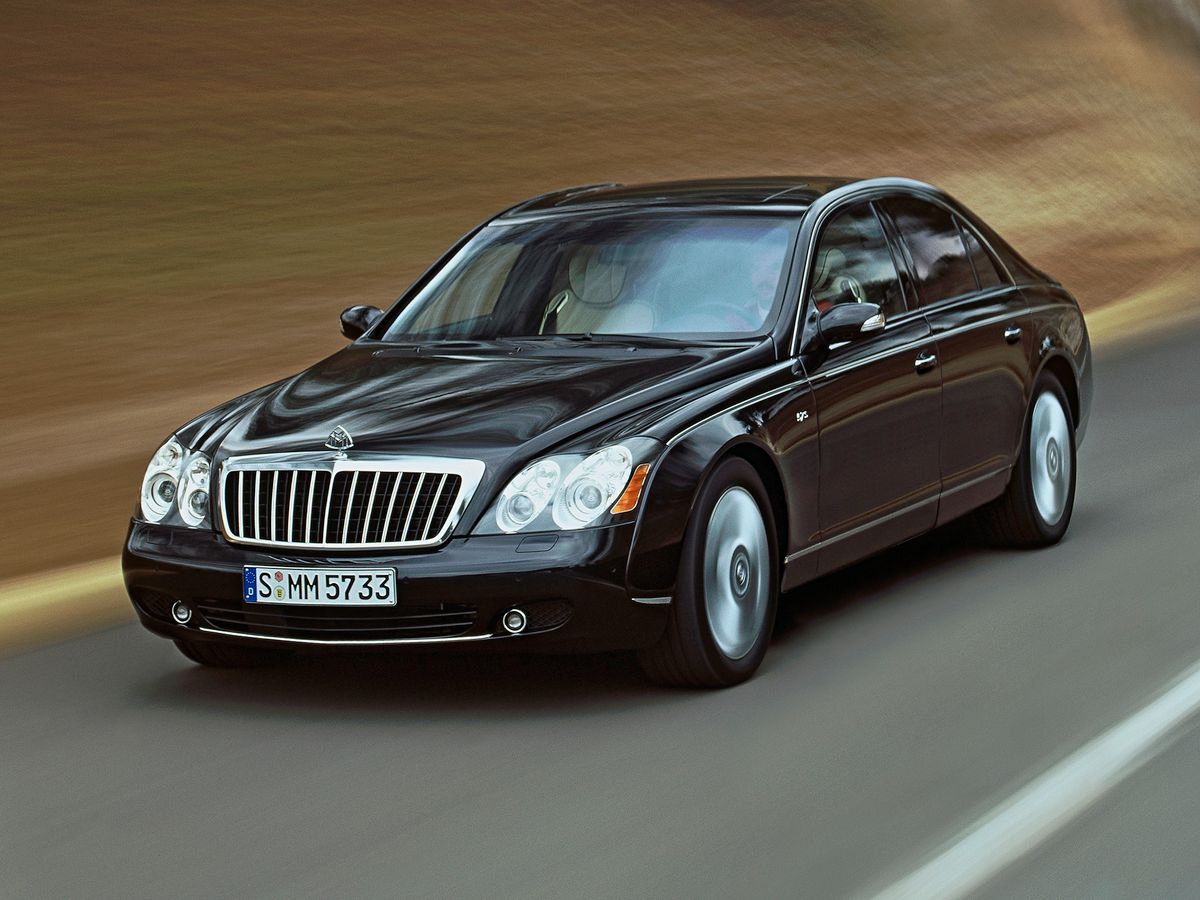
Toyota Verso - a family paradox
Not so long ago, in the Toyota clan, everything was simpler and clearer. The Corolla family consisted of four sisters: Corolla Sedan, Corolla Hatchback, Corolla Kombi and the younger Corolla Verso, a family minivan. And then suddenly ... a strong inflection in family life. What happened? It's time to start the series.
Mrs Hatchback got married and changed her name to Auris. We'll cover that in the next episode. As if that wasn't enough, Mrs. Combey left...and didn't come home. The director of crime films will deal with this mysterious disappearance. A strong close-up of the Corolla Sedan - sitting on the couch in the living room, but all alone. Why? Because the fourth sister, Mrs. Verso, the last hope to save her brothers and sisters, also decided to slam the door. She left the name Verso, but no longer wanted to be a Corolla. This is how the Toyota Verso appeared in the Toyota clan.
A real paradox that the 7-seater stronghold of family values left the family nest so easily. I see in this the pernicious influence of someone from the outside. I didn't have to search long. Mr. C-Max, until recently also a family-oriented Focus C-Max, did the same a few years earlier.
But it's not easy to cut yourself off from your family. The origin of Verso “Corollowskie” is literally written “on his face”. There are additional ribs on the sides of the car that give the Verso a bit of dynamism (if you can talk about it in a minivan), and at the back… aside from the cleverly shaped LED brake lights, we won't find too many stylistic changes from the old Corolla Verso. Is it a disadvantage? In the previous generation, this car looked proportionate and was one of the few minivans that attracted my attention with its appearance (especially in the version with tinted windows at the rear).
Another proof of relationship can be seen under the hood and under the chassis. We find Toyota Avensis genes here. We can choose from two gasoline four-cylinder units with a volume of 1,6 and 1,8 liters, with a capacity of 132 and 147 hp. respectively, as well as three diesel engines: 2.0 D-4D with a capacity of 126 hp. and 2,2 D-CAT with 150 hp. options and 177-strong. Depending on the engine version, the car can be equipped with a manual or automatic transmission. For a more powerful gasoline engine, the automatic transmission will be continuously variable with 7 virtual gears, and for a 150 hp diesel engine. - classic 6-speed automatic.
The test car was equipped with a 126-horsepower two-liter D-4D diesel engine and a manual 6-speed gearbox. After just a few days of driving, I decided that this engine was a shot in the knee of two more powerful diesels. On paper, its performance may not look impressive: 11,3 to “hundreds”, top speed 185 km/h, but the subjective feeling is that the car with this engine is missing nothing. If you do not plan to overload the car too often with heavy luggage or a set of adult passengers, then paying 21.800 PLN for a stronger 2.2 D-CAT will, in my opinion, be an unnecessary expense. In addition, the test diesel showed quite pleasant fuel consumption indicators: according to computer measurements, it was 6,5 liters per 100 km on the highway and liters more in the city. The manufacturer managed to muffle it only a little - when driving on a cold engine, the knock of a diesel engine is clearly audible, which subsides only when the blue diode of a cold engine disappears on the clock.
Sticking to the conventions of the movie: Miss Verso grew up here and there. It is 70 mm longer, 20 mm wider, but it is known that the most important thing is its inner world, and there is nothing to complain about. The EasyFlat-7 system provides a flat floor with a length of 2 mm after folding the 3nd and 1830rd row seats. The volume of the luggage compartment with 7 seats folded increased to 155 liters, and with 5 rear seats folded up to 982 liters. It is a pity that it will not work to completely get rid of unnecessary seats, the result in this case would be even better.
Due to the considerable height of the body, as well as the long wheelbase (like Avensis it is 2700 mm), getting into the car does not require folding in half, unless you are going to seats number 6 or 7. The seats in the second row are pushed forward, leaving behind lots of space but you have to bend over a little before you can sit down. In any case, if you get comfortable in these places, you will probably go to elementary school, because we will not find legroom in the back (but the interior of the car is not rubber, so do not expect miracles) - even with slightly forward second row seats. However, if you go to elementary school, you may not have the strength to fold the second-row chair - the handle in it is clearly stubborn. It should also be noted the ease with which the seats in the trunk are laid out. I have already seen various designs accompanied by an instruction manual consisting of a dozen or so pictograms. In Verso, everything is simple: you pull the corresponding handle, and in a moment the chair unfolds. One move! Competition can learn.
Due to the still small volume of the trunk with the 7 seats unfolded, the car is suitable in a seven-seater version for transporting neighbors' children to school - not for long suburban routes with a full set of passengers. Is that the only luggage of all seven are toothbrushes.
The driver's workplace is planned in a style from which, for example, Nissan began to retreat a few years ago - the clock is under a canopy in the center of the console and looks at the driver sharply turned towards him. The solution attracts attention, and getting used to it takes literally a minute. Management is intuitive - the on-board computer is controlled by one button, a combination of long and short presses. The computer takes care of our pocket too - there is a “Shift” indicator next to the tachometer, which tells you the right moment to change gear. There are no special complaints about ergonomics, except that the range of axial adjustment of the steering wheel is small - you can press deeply, almost pressing against the bald plastic, under which there is a clock in other cars, until you can bring it closer to the driver.
Verso balances somewhere on the verge of a comfortable and at the same time stiff suspension, with an indication of the latter. The toothed seals do not fall out, but the chassis does not fundamentally spoil its passengers with the softness of driving over bumps. As for the family car, it is quite rigidly suspended, and although it is able to “swallow” the hump of braking without hitting the car body, the awakening of the entire crew is guaranteed. This can be explained: after loading the wife, children, mother-in-law and fish in the aquarium into the cabin, the car should continue to drive steadily and not rub the wheel arches on the tires. The firmness of the suspension also makes for a satisfying driving experience as high as this body style can offer, while at the same time, without too much lean in corners, as if it were a sedan's sister aka Corolla. However, she will not jump above her head, and Verso, like Corolla, has a rear limiter in the form of a cheap and structurally simple torsion beam, with all its advantages and, unfortunately, disadvantages.
Despite this drawback, in the vast majority of driving situations, the Verso's handling is comfortable and pleasant - a high seating position at the wheel provides good visibility, the diesel engine can withstand a one and a half ton car weight, the brakes are well felt, and the gearbox is clear.
Prices for the Verso with a petrol engine start from PLN 71.990 7, and for the test version with rich equipment, including a panoramic roof, dual-zone air conditioning, 7 seats, a set of 3 airbags and electronics that support safe travel, Isofix mounts, active head restraints, radio with CD and MP91.990, USB connector, etc. cost PLN.
In this issue, we got acquainted with the Toyota Verso. I hope you didn’t change the channel, because in our country you don’t need to convince anyone about Toyota - the brand has been at the forefront of sales statistics for many years. The Verso has been in production for only 2 years, but it has adopted the best traditions of Toyota after the Corolla: reliability, functionality and a good brand. Verso is a decent, unobtrusive and not too emotional car. As a good tool - it's useful, but doesn't remind you too often. The owner of Verso will not remember when something creaked or knocked in the car, because it will not. He, too, will not remember when he wanted to be the first at the traffic lights and why? It's also easy to forget where Verso parked, because when he gets out of the car, he won't turn his head to look at his pet again... Such is the fate of decent tools.

